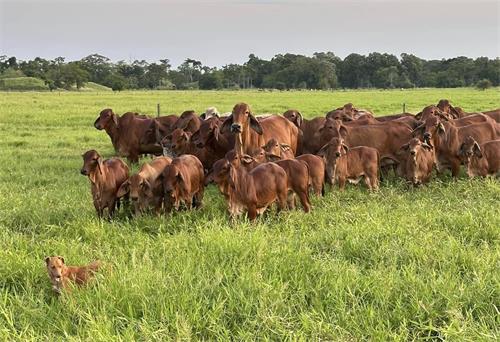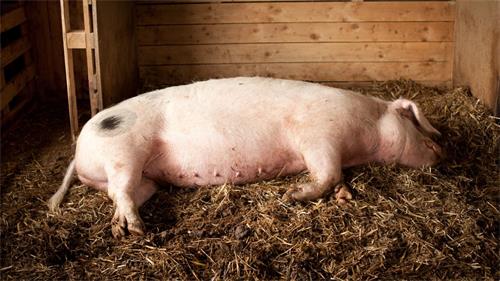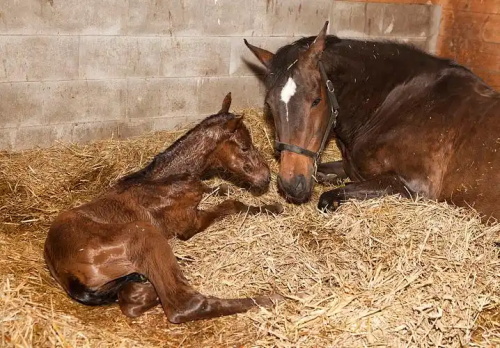For equine breeders, veterinarians, and livestock managers, recognizing the behavioral changes that occur in pregnant mares across different stages of gestation is crucial. These changes offer important clues about the mare’s health, fetal development, and overall well-being. Early identification of abnormalities through behavior can help prevent complications and optimize the success rate of foaling. In countries with advanced equine industries like the United States, the UK, Australia, and Germany, veterinarians emphasize the integration of behavioral observation alongside physical examinations and ultrasonography for comprehensive prenatal care.
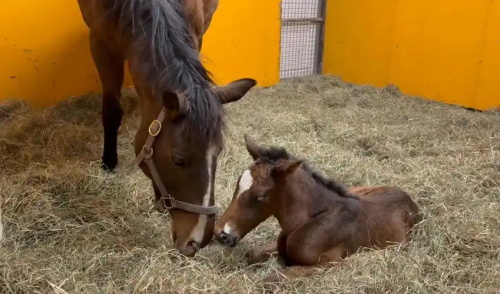
This article explores the behavioral shifts in pregnant horses from conception to late gestation, drawing from scientific research and practical field experiences. By understanding these patterns, breeders can offer targeted care, reduce stress, and improve foal survival rates.
Understanding the Equine Gestation Period
A horse’s pregnancy typically lasts between 330 and 345 days (approximately 11 months), with slight variation depending on breed, health, and environmental factors. Veterinarians and horse owners often divide this period into three stages:
Early Gestation (0–90 days)
Mid Gestation (91–210 days)
Late Gestation (211 days to foaling)
Each phase comes with specific behavioral and physiological changes, which—if correctly interpreted—can serve as reliable indicators of the mare’s reproductive condition.
Behavioral Patterns in Early Gestation (0–90 Days)
Subtle Signs and Sensitivity
In the first trimester, most behavioral changes are subtle. Owners may notice increased sensitivity, irritability, or reduced willingness to work. These reactions often result from hormonal changes, particularly increased levels of progesterone, which help maintain pregnancy. In performance mares, this stage might coincide with reduced focus or refusal during training sessions.
Avoidance of Stallions
One commonly observed behavioral trait during this period is the mare’s avoidance of stallions. In natural herds or paddocks, pregnant mares will begin to show disinterest in mating behaviors, even if exposed to teasing. This behavioral shift is often used as an early presumptive sign of pregnancy, although it must be confirmed through ultrasound or palpation.
Appetite Fluctuations
Some mares may experience appetite changes similar to morning sickness in humans. Reduced feed intake, temporary weight loss, or general disinterest in grain can occur, particularly between day 30 and 60. In developed countries, equine nutritionists often recommend adjusting feed formulations during this phase to encourage normal consumption without overfeeding.
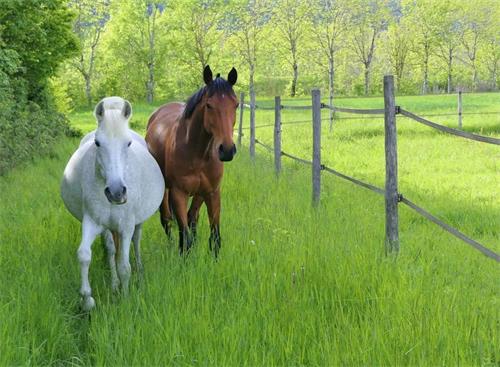
Behavioral Changes in Mid Gestation (91–210 Days)
Return to Baseline Behavior
During mid-gestation, many behavioral anomalies disappear. Most mares stabilize hormonally, and their behavior often returns to pre-pregnancy norms. This is the safest and most stable period of gestation, and many mares can still be lightly exercised.
In the UK and Australia, it is common for breeders to continue conditioning pregnant mares during this phase through light lunging or pasture movement to maintain muscle tone. Behavioral stability is viewed as a sign of a healthy pregnancy during this phase.
Stronger Bonding Tendencies
Behavioral studies in Germany and the United States have noted that pregnant mares during mid-gestation often become more affectionate or social toward caretakers. These bonding behaviors are linked to hormonal regulation and the mare’s reduced stress response during a low-risk period of pregnancy.
Protective Posturing
Interestingly, some mares begin to demonstrate protective behaviors around the abdomen. They may kick defensively if approached suddenly or react more strongly to grooming near the flank. While not all mares exhibit this, it is a frequently reported pattern and should be interpreted as a normal maternal instinct, not aggression.
Behavioral Indicators in Late Gestation (211 Days to Foaling)
Increased Resting and Reduced Activity
In the final trimester, the fetus grows rapidly, placing increased metabolic and mechanical demands on the mare. As a result, mares often reduce voluntary activity. In countries like the U.S., where large paddock systems are common, owners frequently notice mares isolating themselves for longer periods or seeking shade to rest.
Frequent Posturing and Discomfort Signs
As the fetus shifts position in preparation for birth—typically after day 280—the mare may exhibit postural changes, such as:
Repeatedly shifting weight
Pawing the ground
Tail swishing
Looking at the flank
These behaviors are commonly mistaken for mild colic but are usually associated with fetal movement and uterine expansion. In practice, vets in the U.S. and Canada often rely on ultrasound imaging in combination with behavioral observation to rule out complications like uterine torsion or premature labor.
Nesting Behavior
Although not as obvious as in other livestock species, some mares exhibit nesting tendencies. They may rearrange bedding, paw at the ground, or avoid other horses. These behaviors are more pronounced in mares with access to stalls in colder regions like Canada or Northern Europe.
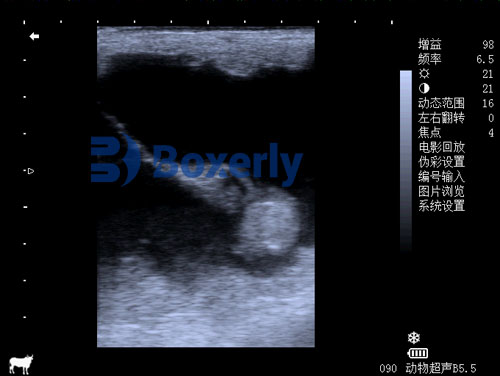
Behavioral Red Flags That Require Veterinary Attention
Not all behavioral changes are benign. Some signs may indicate complications such as fetal death, placentitis, or preterm labor, and should prompt immediate veterinary consultation:
Excessive rolling, sweating, or signs of pain
Bloody or thick vaginal discharge
Aggressive behavior without provocation
Prolonged lying down or refusal to eat
Continuous tail-raising or straining
Veterinarians often combine these signs with transrectal or transabdominal ultrasonography to assess fetal viability, placental integrity, and uterine tone. While behavior offers early warning signs, it must always be supplemented with clinical tools for accurate diagnosis.
Influence of Environment and Management on Behavioral Expression
Behavioral expression in pregnant mares can also be influenced by environmental and managerial factors. For example:
Pasture-kept mares tend to show fewer stress behaviors than stalled mares.
Consistent handling reduces anxiety, especially in late gestation.
Sudden changes in diet or routine can provoke aggressive or withdrawn behaviors.
International equine welfare organizations, such as the UK’s World Horse Welfare and Germany’s FN (Deutsche Reiterliche Vereinigung), recommend low-stress environments with consistent feeding, exercise, and human interaction.
In high-performance settings, such as in the U.S. Thoroughbred industry, careful observation of behavior is used to determine when to withdraw mares from work and prepare them for foaling in a safe, quiet setting.
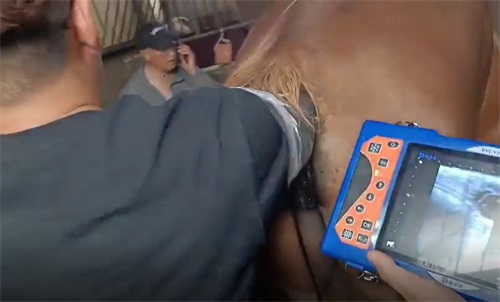
Practical Tips for Observing and Interpreting Behavior in Pregnant Mares
Record Behavior Daily: Keeping a log helps identify trends or deviations from baseline behavior.
Watch During Feeding: Appetite, feeding order, and aggression can provide behavioral clues.
Use Quiet Observation: Avoid startling the mare—true behavior is best observed without interference.
Pair Behavior with Clinical Tools: Combine observations with ultrasonography and palpation for holistic care.
Involve the Care Team: Stablehands, trainers, and vets should all share observations to spot early concerns.
Conclusion
Pregnancy in horses is a long, complex process that involves not just physical but also significant behavioral changes. Understanding these behavioral patterns—especially when segmented into early, mid, and late gestation—is essential for breeders and veterinarians alike. By combining traditional observation with modern veterinary tools such as ultrasonography, caretakers can ensure optimal health for both the mare and foal.
Around the world, equine practitioners are recognizing that behavioral monitoring is not just supplementary—it’s foundational to prenatal care. With a trained eye and informed interpretation, these signs become a powerful tool in managing equine pregnancies with confidence.
References:
McKinnon, A. O., & Squires, E. L. (2020). Equine Reproduction. Wiley-Blackwell.
Ginther, O. J. (2016). Ultrasonic Imaging and Animal Reproduction: Horses. Equiservices Publishing.
American Association of Equine Practitioners (AAEP). (2023). “Behavioral Signs of Equine Pregnancy.” https://aaep.org
World Horse Welfare. (2022). “Welfare Guidelines for Pregnant Mares.” https://www.worldhorsewelfare.org
The Horse. (2023). “Mare Behavior During Pregnancy: What’s Normal?” https://thehorse.com/197751/mare-behavior-during-pregnancy-whats-normal/

